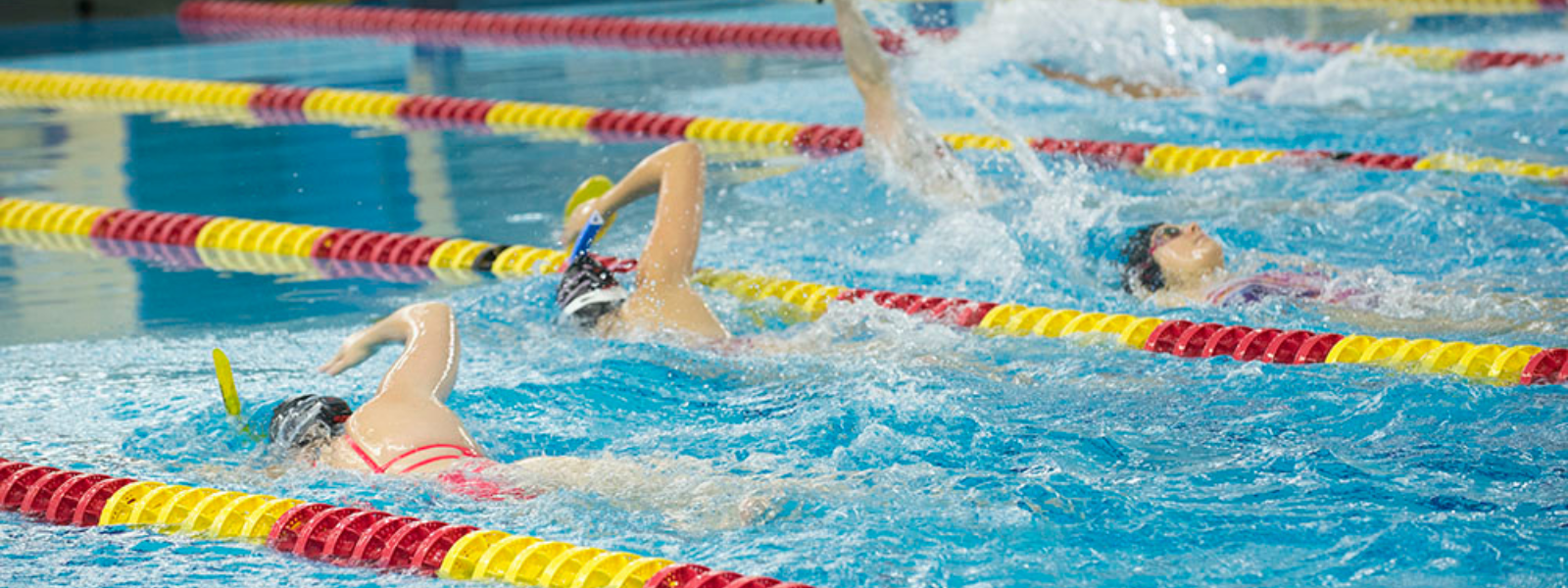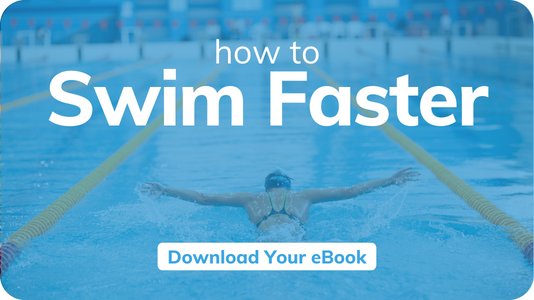From kickboards and pull buoys to snorkels and parachutes, there is a huge range of training equipment available to competitive swimmers. With so many options, how can you be sure that the equipment you’re using is helping you?
Check out these seven tips on using swimming gear to your advantage.
1. Know why you’re using it
First and foremost, you need to know why you’re using your equipment in the first place. Exactly how is it helping your training? Asking the “why” question is important to understand the precise reasons for using the equipment. Once you understand the reason, you can properly see what you expect to gain from it.
If you aren’t sure why you’re using a particular piece of equipment on a daily basis, then the harsh reality is you’re out of touch with your training – it’s not good enough to wear swimming gear simply because that’s what swimmers do. Ask your coach why you’re using a piece of equipment and become more in tune with your training.
2. Focus on utility
There is a huge selection of gear available for swimmers to purchase. While many products are high-quality and can have a direct and positive impact on training, many more products have no real utility besides looking nice.
Be careful not to waste your money buying equipment that doesn’t have any tangible benefits. When shopping for new gear, do some research first, and focus on the product’s utility. You’re much better off spending your money on a piece of equipment that will improve your training rather than a fancy pair of goggles or a flashy new swimsuit.
3. Use it strategically
Swimming gear can be very beneficial to your training if it’s used intentionally. Once you have selected an item with high utility and know why you’re using it, you can apply it strategically to enhance specific aspects of your training.
You should choose to use gear based on which areas of your technique you want to address. For example, you might wear paddles to work on your “feel” for the water. However, you should also remember that not all equipment is useful to everybody. Since we all have different body types and styles of swimming, you need to figure out for yourself which pieces of equipment are appropriate for your own needs.
4. Don’t overdo it
While equipment can be very beneficial when used properly in moderation, some pieces of equipment can become detrimental if they’re overused or used incorrectly. One example is paddles – if you strap on the biggest paddles you can find and then do a long butterfly pull set, you’re almost guaranteed to end up with shoulder injuries.
Don’t make the common mistake of believing that bigger paddles will equate to faster times. Again, make sure you understand why you’re using a specific piece of equipment and how it is meant to help you. You need to figure out what equipment suits your needs and ensure you don’t overdo it.
5. Remember it’s a supplement
Remember that equipment cannot be used as a miracle fix for technical problems in the pool. The gear you’re using should be considered a supplement to your training in the same way vitamins supplement a healthy diet. You cannot expect your gear to do the work for you.
Having said that, the equipment can be very useful to enhance and complement your training. While it can’t solve all your problems, using it in a very purposeful manner can translate to real benefits in your performance.
6. Don’t use it as a shortcut
Be careful you’re not using equipment for the wrong reasons. Too often, swimmers wear gear in training because they find it makes sets easier. While it might be tempting to relieve some of your pain at the time, cutting corners won’t help you in the long run.
The next time your coach allows you to wear fins on a set, take a moment to evaluate your reasons for wearing them. If the only reason you can think of is to make the set easier, it might be better to skip the fins and swim. Again, you should talk to your coach about why you’re using specific pieces of equipment and make your decision based on what you hope to achieve.
7. Fully incorporate it
As long as you approach equipment to use with a healthy amount of caution and discretion, feel free to incorporate it into your training fully! Don’t be afraid to include equipment in every part of your swimming routine. As long as you know why you’re using it, and you apply it correctly, swimming gear can be extremely beneficial to your development in the pool.






.png)
.png)